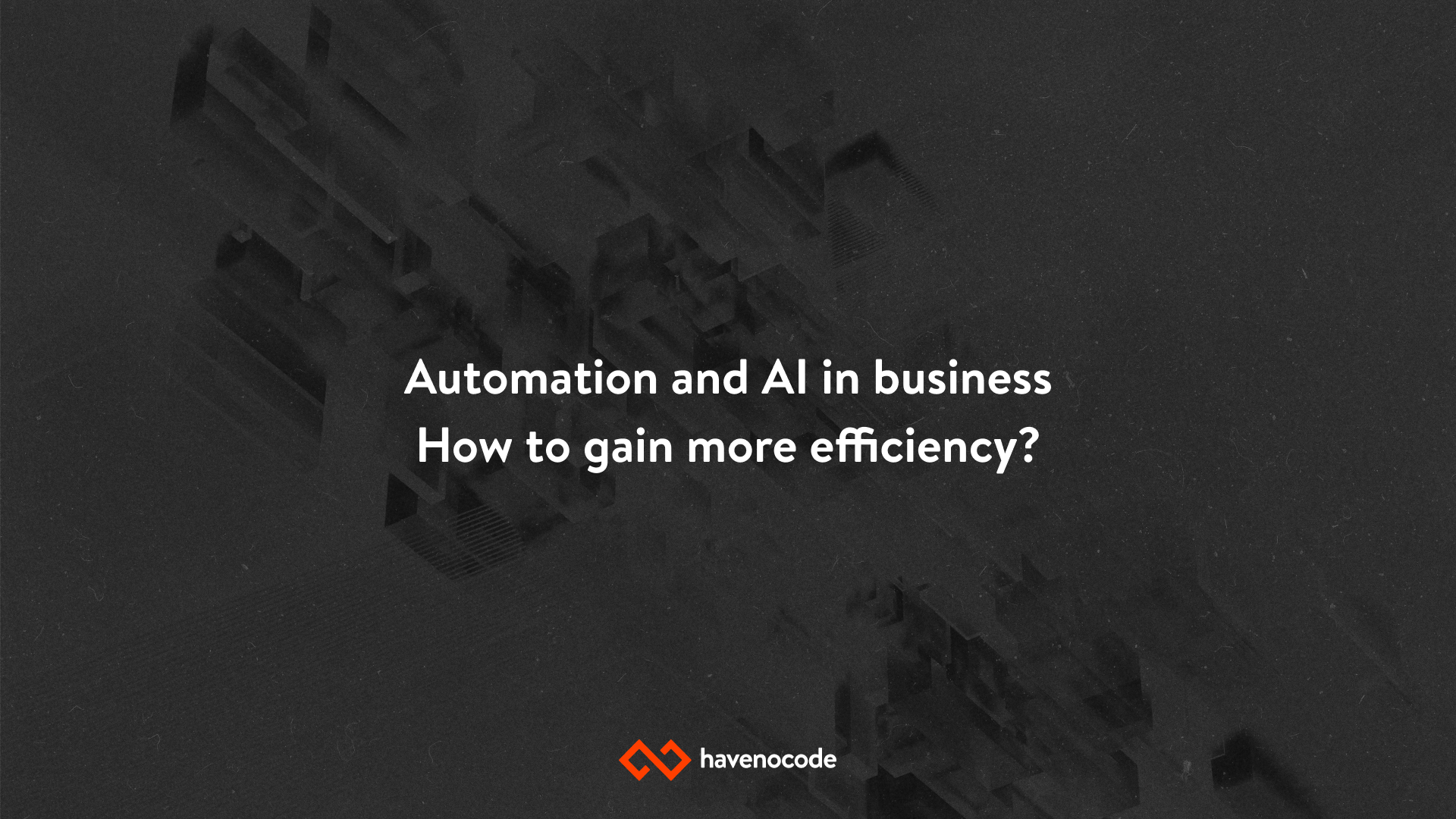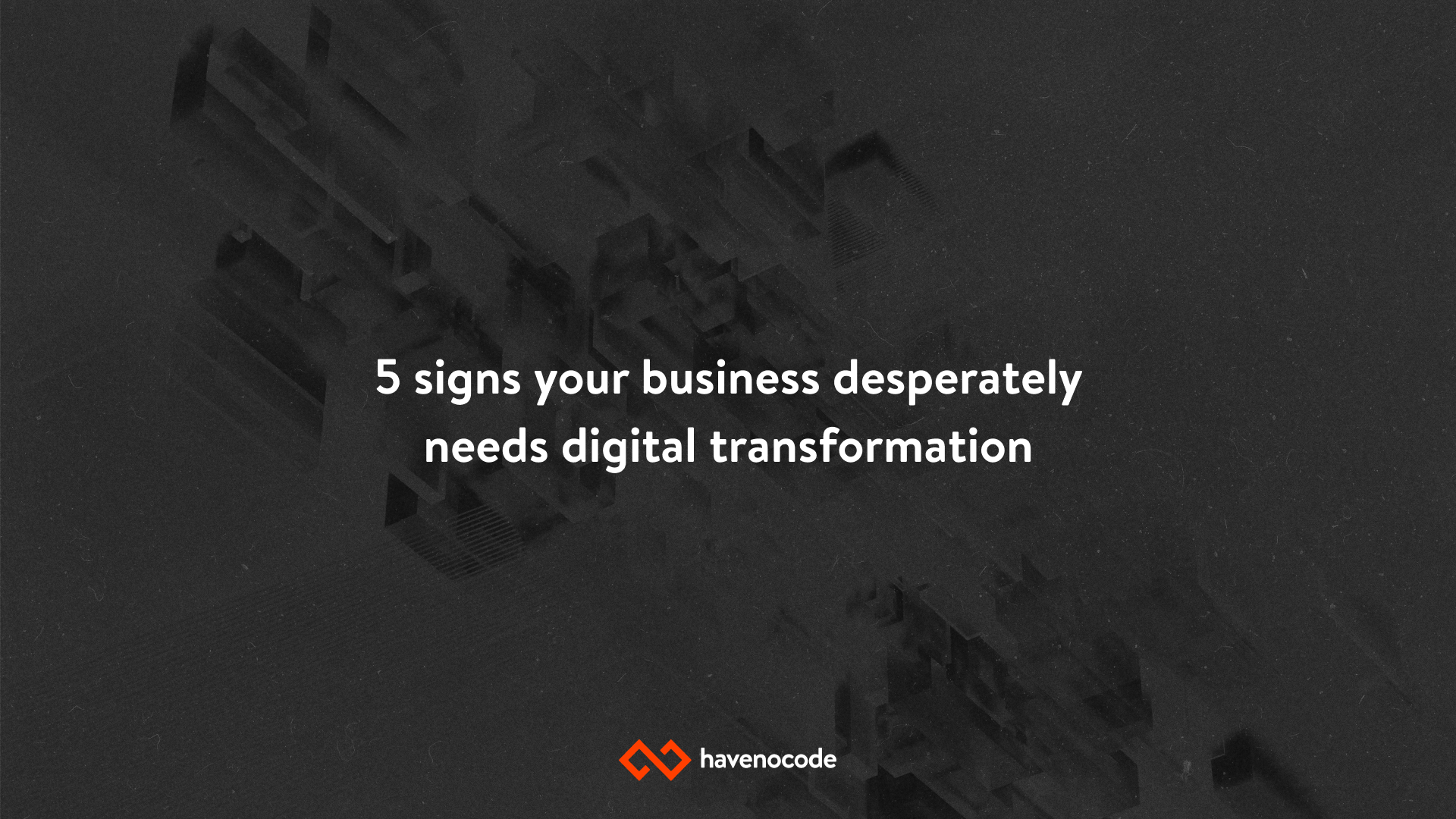.png)
In the ever-evolving landscape of startups and digital innovation, the concept of a Minimum Viable Product has emerged as a cornerstone strategy for entrepreneurs and product developers. But what exactly is an MVP, and why has it become such a pivotal element in the journey from idea to successful product? This article explores the definition, purpose, and steps to develop your Minimum Viable Product, providing a comprehensive understanding of this crucial concept.
At its core, an MVP is not just about creating a new product with the least amount of product features; it’s about smart, strategic development and learning. It's a concept that balances the fine line between what is necessary to launch a product and what can be developed over time through user feedback and iterative design. MVPs challenge the traditional notions of product management, shifting the focus from 'perfection' to 'practicality' and from 'complete features' to 'core functionality'.
Through real-world examples from companies like Dropbox, Airbnb, and Zappos, we will examine how MVPs have paved the way for some of the most successful business stories of our time. Whether you're a budding entrepreneur, a product manager, or just curious about the startup world, understanding the minimum viable product is crucial. Join us as we unpack the MVP, a strategy that is not just about doing less, but more importantly, about learning more.
The concept of a Minimum Viable Product, or MVP, is a game-changer in the world of product development and startups. At its core, an MVP is the most basic version of a product that can be released to the market. It's not about a half-baked idea or a barely functional prototype. Instead, think of it as the simplest form of your product that still delivers value and solves a core problem for your users. It's about finding that sweet spot between what your business can offer and what your customers really need.
Read more about our special articles:
The purpose of an MVP becomes clearer when we consider the insights of Eric Ries, the pioneer behind the Lean Startup methodology. He defines an MVP as the simplest version of a product that enables a team to gather the most comprehensive information about customers with minimal effort. This approach is not just about putting out a basic product; it's a strategic move towards smarter, more efficient development.
So, why do companies gravitate towards developing it? There are several compelling reasons:
Moreover, It extends beyond just testing a product or service idea. It's a strategy to avoid the excessive time and resources that might otherwise be spent on developing a full-fledged product that may not resonate with the market. By focusing on an MVP, companies can steer clear of these risks, ensuring they invest wisely in ideas that have real potential.
When it comes to building an MVP, knowing when it's ready for launch is crucial. Here's a breakdown of key strategic steps to ensure your MVP is on track:
Initially, it's vital to ensure that your MVP is in harmony with your company's strategic objectives. This isn't just about selecting features; it’s about confirming that the MVP fits with your team's or your company's broader goals.
Consider your current objectives. Are you aiming for a specific revenue target in the near future? Do you have constraints on resources? These factors can influence whether it's the right time to embark on a project.
Furthermore, reflect on the role of your MVP. Is it meant to draw in new users from markets related to your existing products? If expanding into adjacent markets aligns with your current business strategies, then proceeding with the MVP could be a smart move. However, if your primary focus remains on your core markets, it might be wiser to postpone this project and perhaps explore an MVP that introduces new features for your existing customer base.
Once you're sure your MVP aligns with your business goals, the next step is to delve into the specific problems or enhancements your product aims to address. These might be documented as user stories, epics, or features. Remember, these should represent only segments of the broader product vision, as an MVP can only encompass a fraction of the full functionality.
When deciding on this limited functionality, consider factors like user research, competitive analysis, the speed of iteration based on customer feedback, and the relative costs of implementing different features or stories.
After evaluating the strategic elements and finalizing the limited functionality of your MVP, the next step is to formulate a development action plan.
Keep in mind the 'V' in MVP – viability is key. The MVP must enable customers to complete a full task or project and provide a high-quality user experience. It's not about having a product with partially developed features, but rather a functional, marketable product. The MVP should be a cohesive, usable product, not a collection of incomplete tools and features.
In this era of rapid digital transformation, low-code / no code platforms are revolutionizing the way MVP are built. These platforms democratize the development process, allowing even those with minimal technical expertise to bring their product ideas to life swiftly. For businesses looking to streamline their MVP development strategy, embracing low code / no code solutions can be a game-changer.
As a no-code low-code software development company, we specialize in crafting intuitive solutions that streamline the MVP (Minimum Viable Product) development process. Our approach is geared towards making product development more accessible and efficient, irrespective of whether you're an experienced product manager or an aspiring entrepreneur. By harnessing the capabilities of no-code / low-code development through havenocode, you can significantly elevate your product development journey.
Read more about: The Differences between the No-code, Low-code and Zero-code
You are interested in exploring how low-code / no-code solutions can benefit your MVP development? Reach out for more information and click here to fill up our Contact form. Let's turn your innovative product ideas into reality with ease and efficiency.
Read more about our services:
Several well-known brands have launched successful Minimum Viable Products that helped them validate their business ideas and grow into successful companies. Here are some notable examples:
Dropbox's MVP was a simple video demonstration of its file-syncing software, explaining how it would work. This video significantly increased interest and sign-ups, validating the need for such a product before they built the full version.
Airbnb started as a simple website where the founders rented out air mattresses in their apartments to conference attendees in San Francisco. This basic concept proved there was a demand for alternative lodging options, leading to the development of a global online marketplace for rentals.
The founder of Zappos, an online shoe and clothing retailer, started by taking photos of shoes in local stores and posting them online. If a customer ordered a pair, he would buy them from the store and ship them. This MVP helped to confirm customer interest in buying shoes online.
Initially, Facebook was a basic social networking site exclusive to Harvard students. Its success and popularity among students confirmed the demand for such a platform, leading to gradual expansion to other universities and eventually the public.
Spotify’s MVP was a simple music streaming service offering a limited selection of music to gauge the market's interest in streaming versus owning music. The positive response led to the development of a more sophisticated platform.
Uber's initial MVP was a simple app to connect users with black luxury car services. The app was launched in San Francisco to test the market’s response to app-based car services. The concept proved successful and led to the expansion of services and global outreach.
Originally part of a larger project called Odeo, Twitter started as a platform for short, status-like updates. It quickly became popular, leading the company to focus solely on developing Twitter.
Groupon began as a website called "The Point", which aimed to leverage collective action. The site pivoted to focus on group buying, and Groupon was born as a simple WordPress site offering one daily deal.
Buffer, a social media scheduling tool, started as a two-page website to gauge interest (like landing page). The first page explained the idea, and the second page was a pricing page. Interested users could sign up for updates, validating the interest in such a tool.
While not a product, Lean Canvas itself is an MVP for business model development. It started as a simplified version of the Business Model Canvas specifically tailored for startups and lean businesses.
These examples show how MVPs can be a powerful way to test a business idea with minimal resources before committing to full-scale development.
In summary, developing a Minimum Viable Product is a strategic journey, one that is integral to modern product development and entrepreneurship. The key to a successful MVP lies in its alignment with business goals, focused problem-solving, and a viable, user-friendly design. This process not only saves time and resources but also paves the way for product success in the market.

Discover how automation and artificial intelligence can boost your company’s efficiency by up to 30% without high costs or long implementation cycles.
Automation and AI in business – how to gain 30% more efficiency without a major overhaul
Boost your team's productivity by 30% with smart AI and automation—no massive budget or full IT overhaul needed. Start small, scale fast.
5 signs your business desperately needs digital transformation
Freight digitization with no-code streamlines processes, cuts costs, and improves customer service. Discover how to implement it efficiently.
How to Automate Logistics Processes and Improve Customer Service in a Freight Company?Looking for insightful articles about no-code and low-code technologies? Discover the latest on no-code and low-code development on our blog! Learn how to create software, set up websites, and build mobile apps without coding knowledge using low-code and no-code solutions.
Explore expert articles that introduce you to the best no-code platforms and top low-code development platforms, including Bubble, Webflow, Flutter Flow, Xano, and many more development tools. Whether you're learning the basics or diving into advanced techniques, become a skilled no-code developer or citizen developer with our guidance.
Our No Code Low Code Blog will immerse you in a world of innovative technologies where software creation is easy and enjoyable. Increase your productivity and improve your business processes with no-code and low-code platforms. If your goal is to develop an app, build an MVP, or establish a website with no-code/low-code technology, you've come to the right place! Gain both technical and business knowledge now with havenocode, your ultimate no-code and low-code resource!